See Meteora's panoramic landscapes: Dramatic rock formations, lush valleys, and sweeping vistas
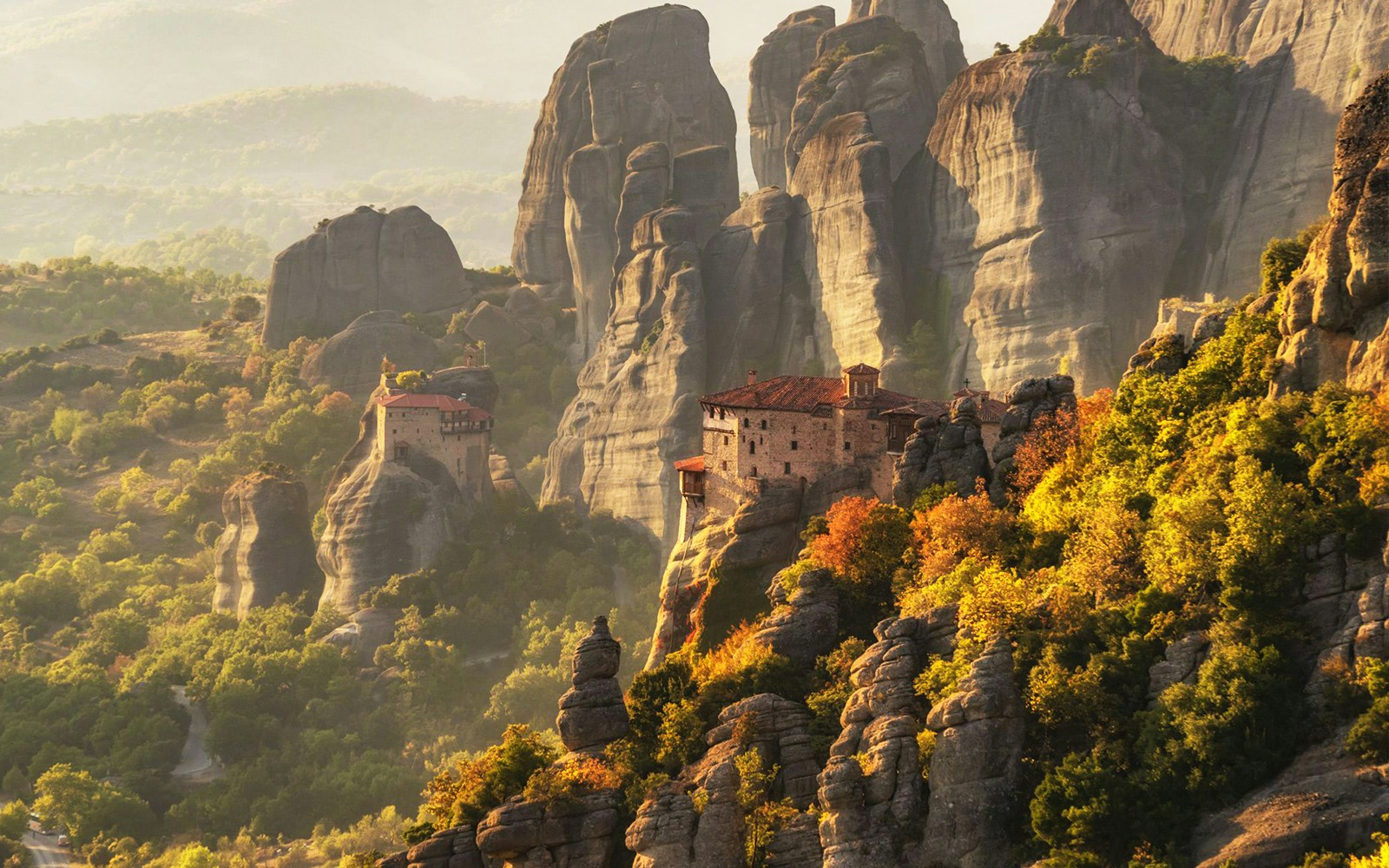
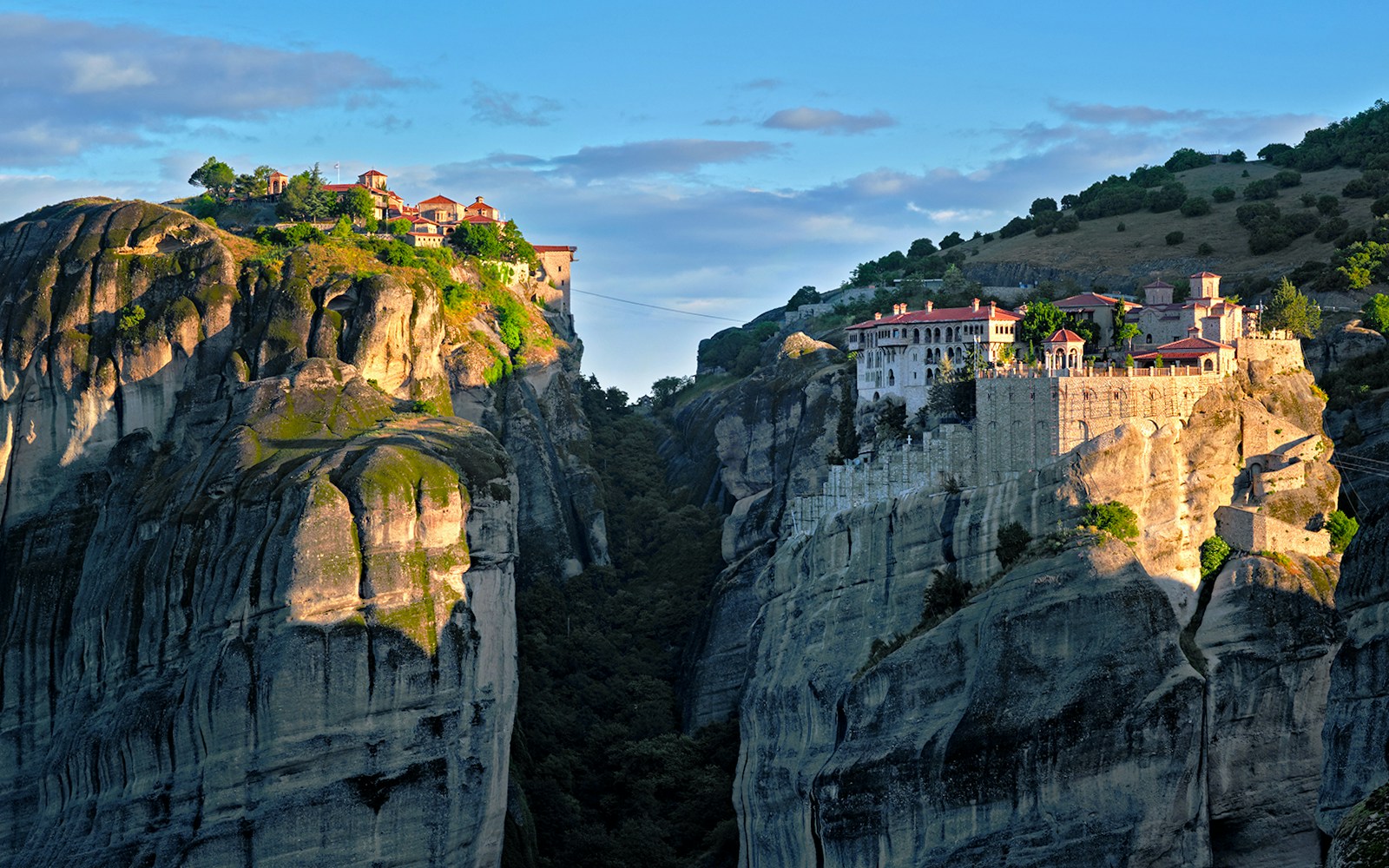
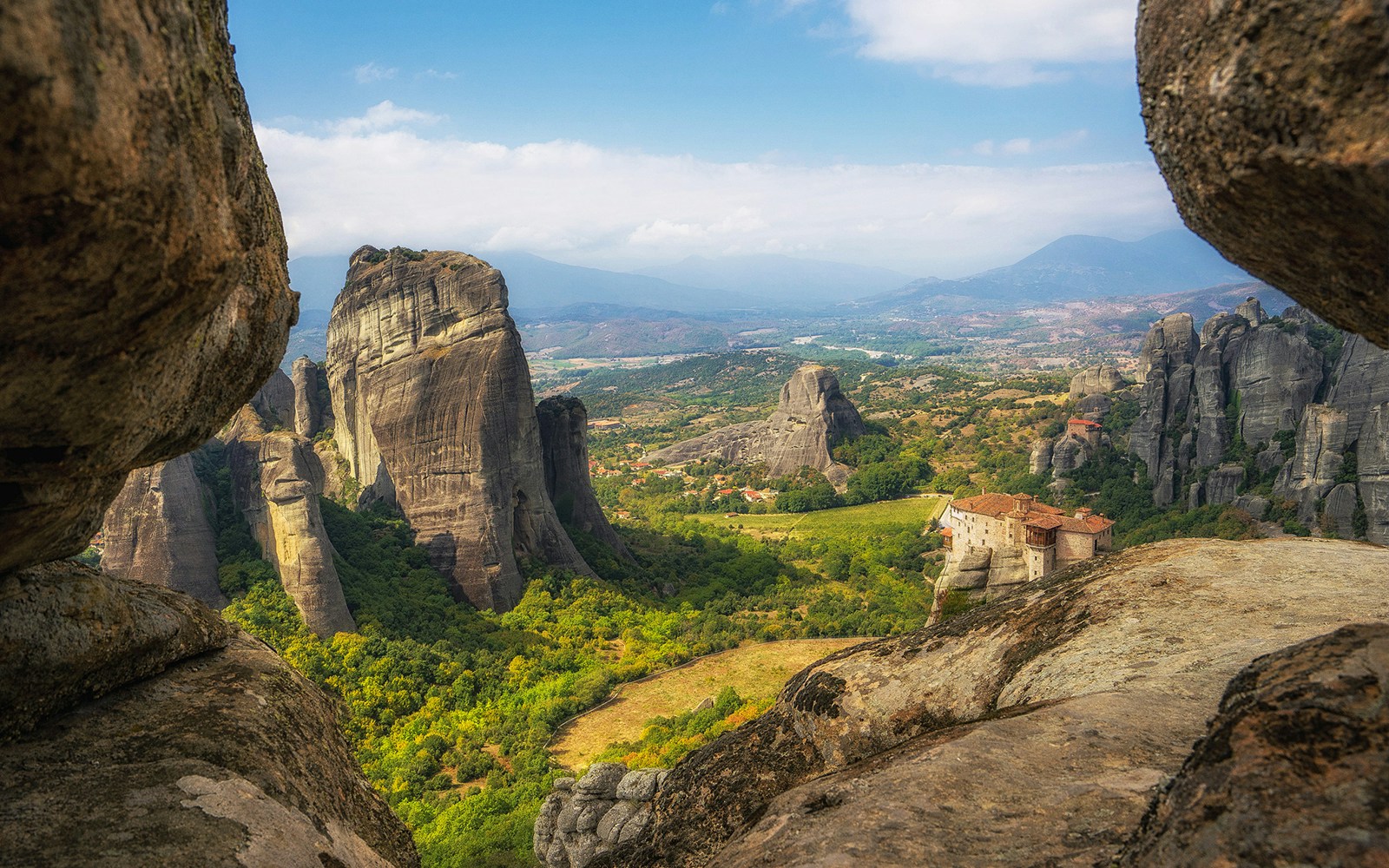
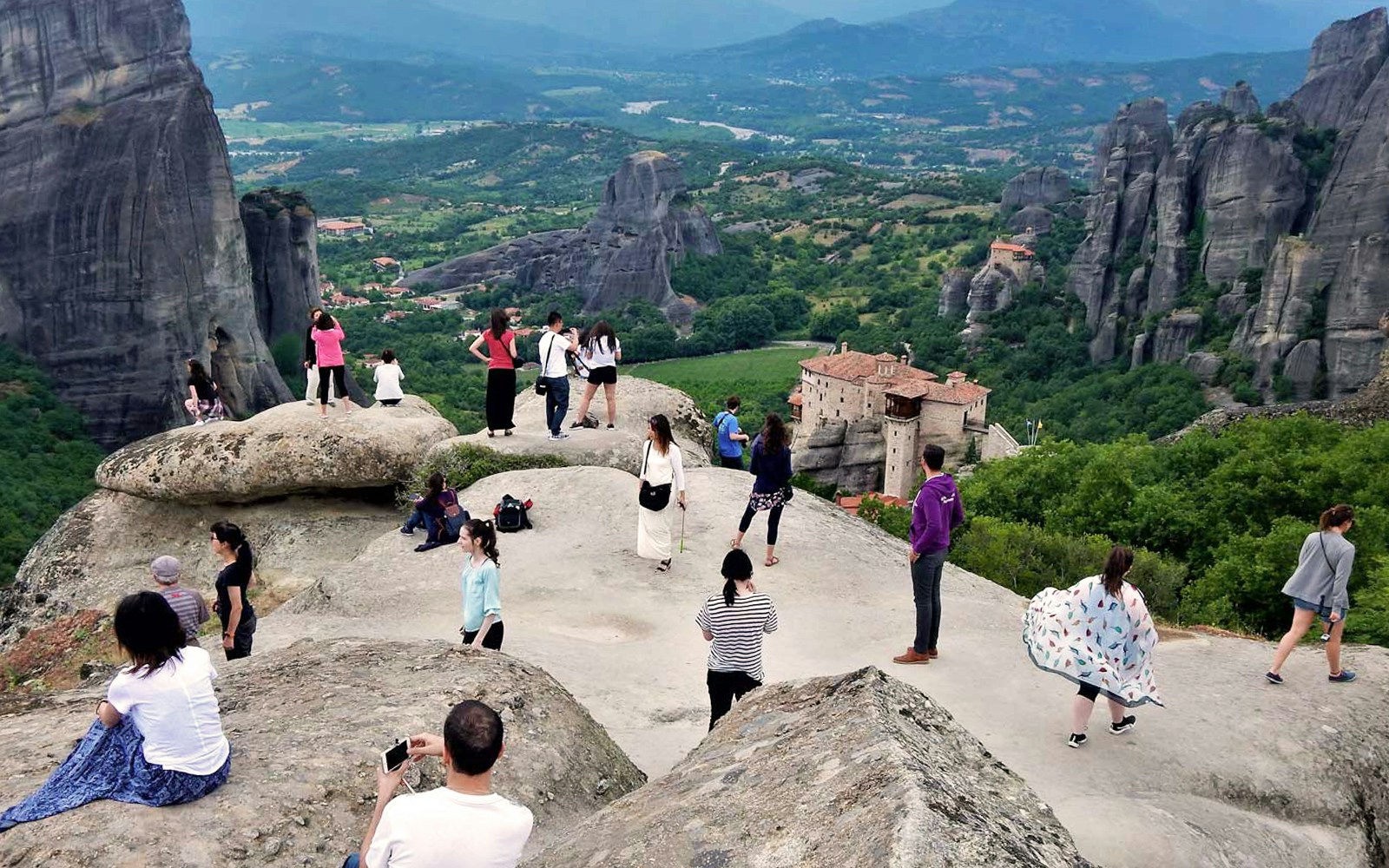
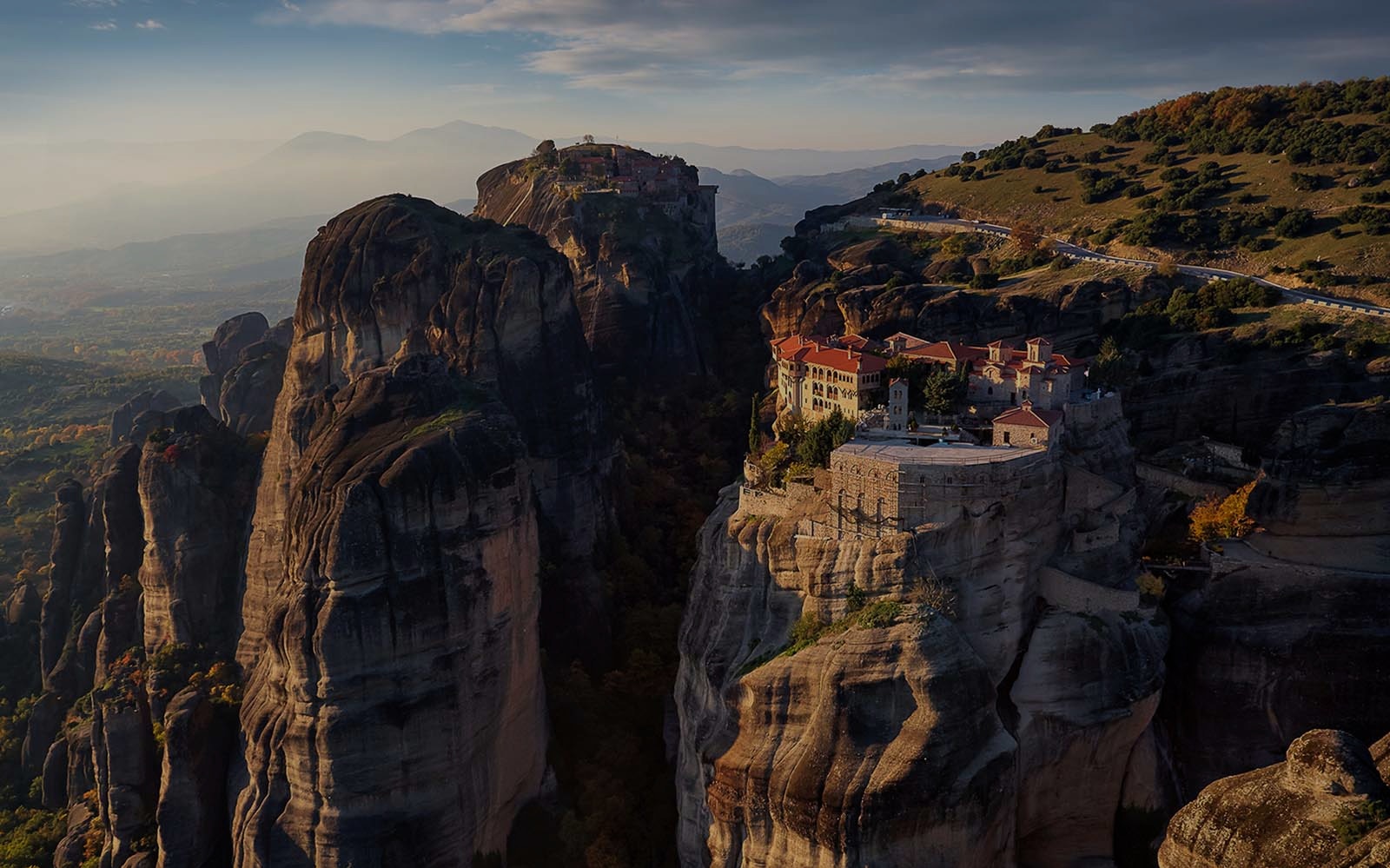
Explore this curated collection of Meteora photos, showcasing breathtaking landscapes, majestic monasteries, and the awe-inspiring rock formations of this UNESCO World Heritage site. Whether you’re planning a Meteora day tour or simply dreaming of one, these images offer a taste of the magic that awaits. From sweeping panoramas of the cliffs to intimate views of monasteries perched on rocky peaks, each photo reveals a world where nature and spirituality come together in harmony.





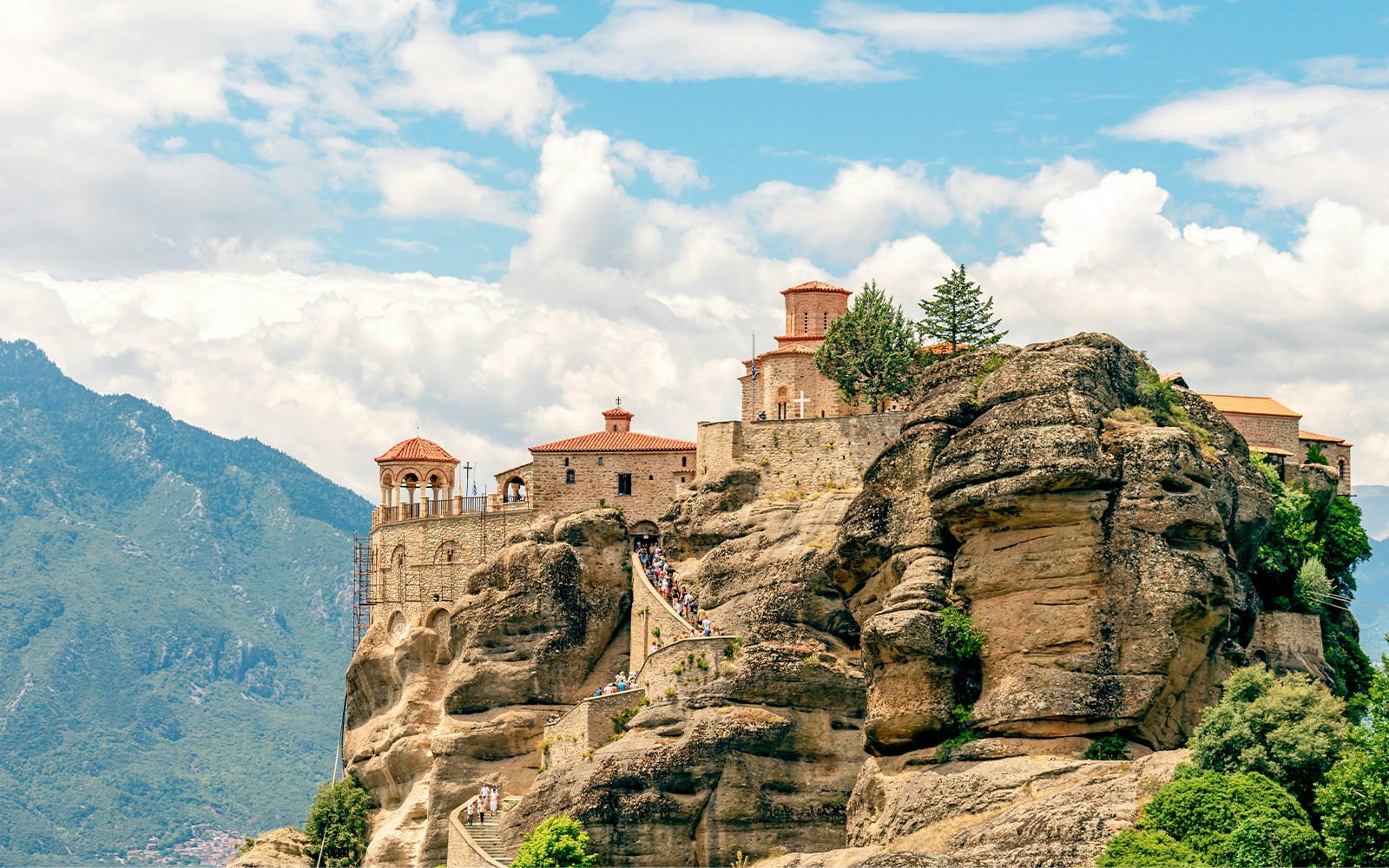
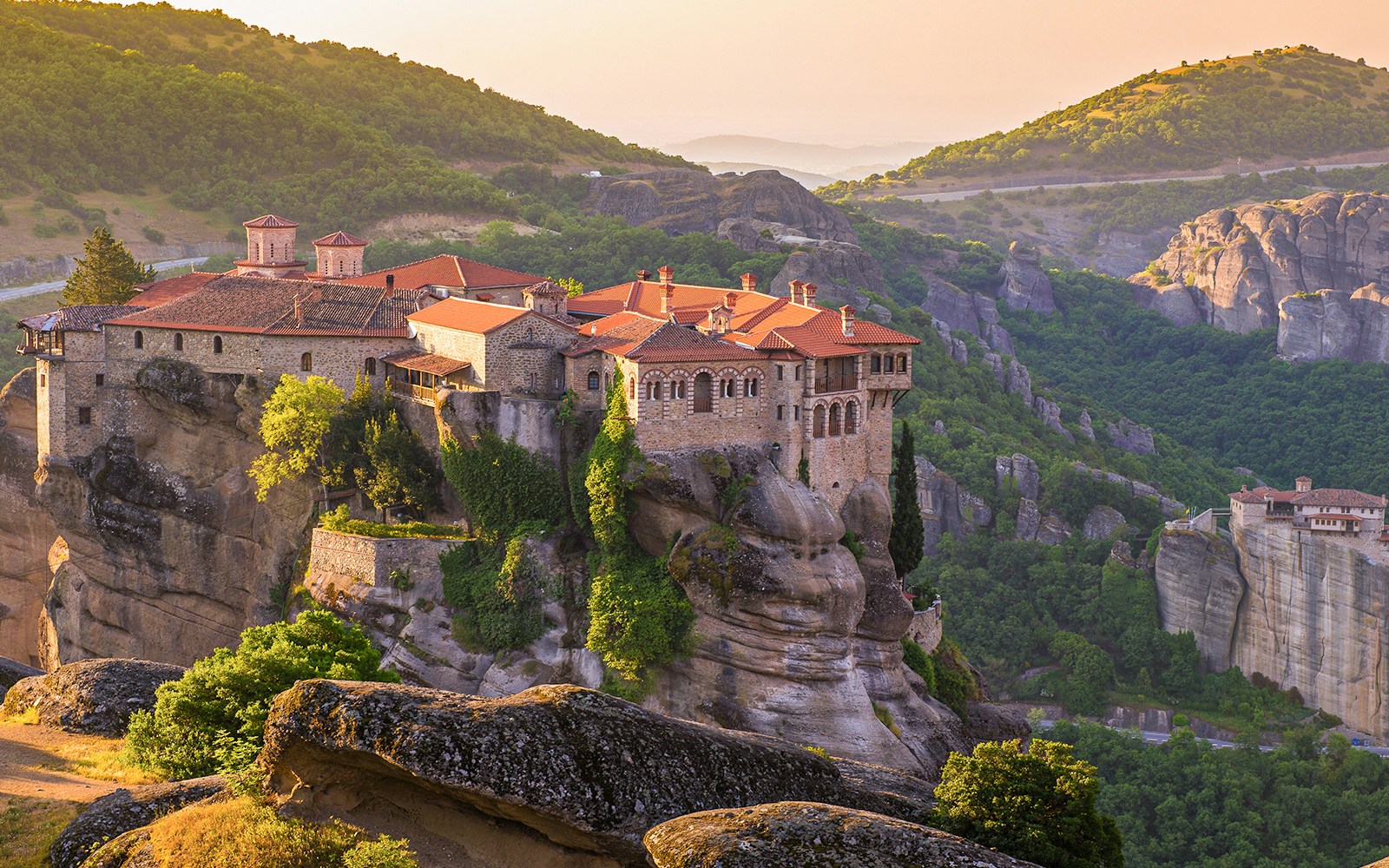
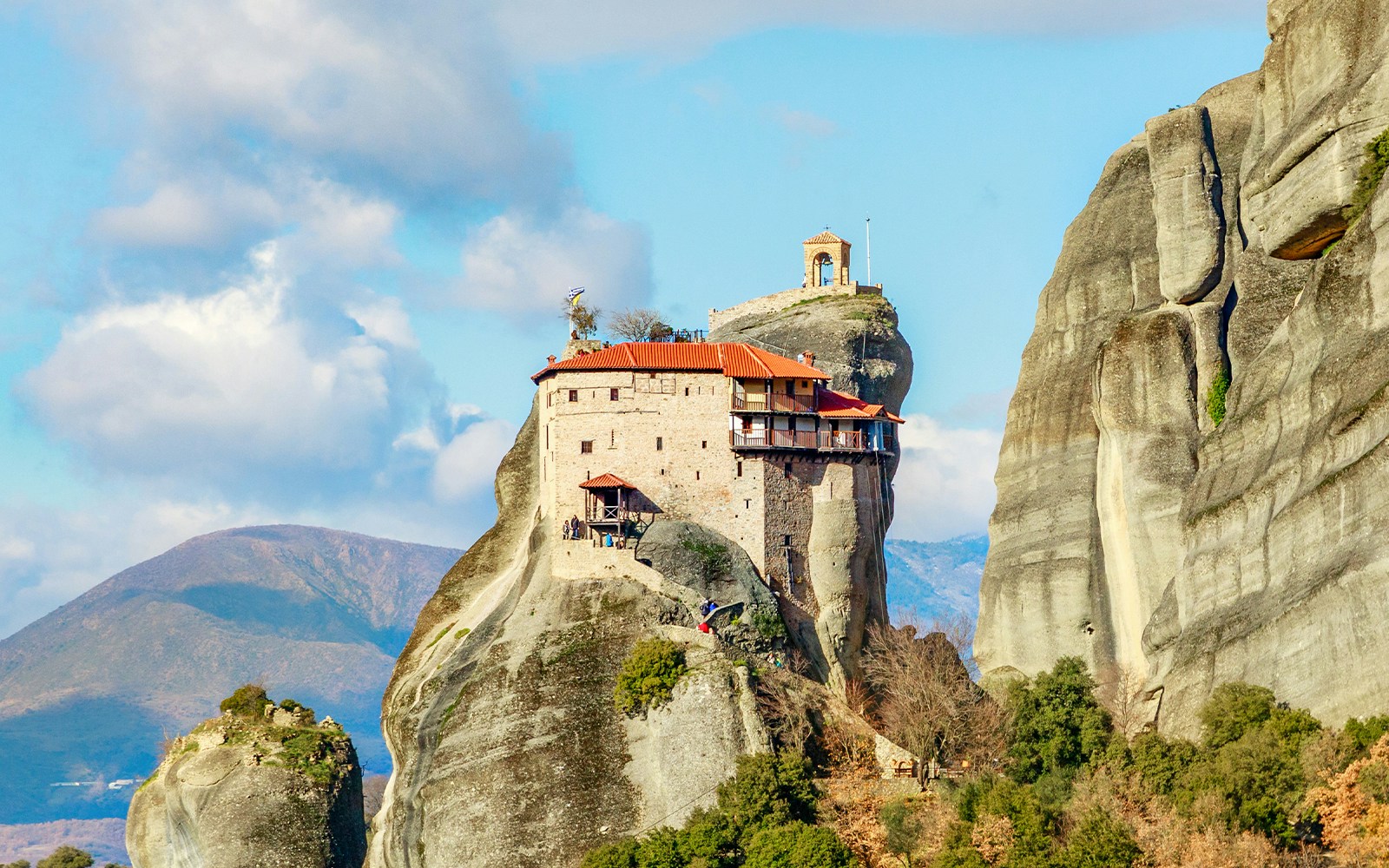
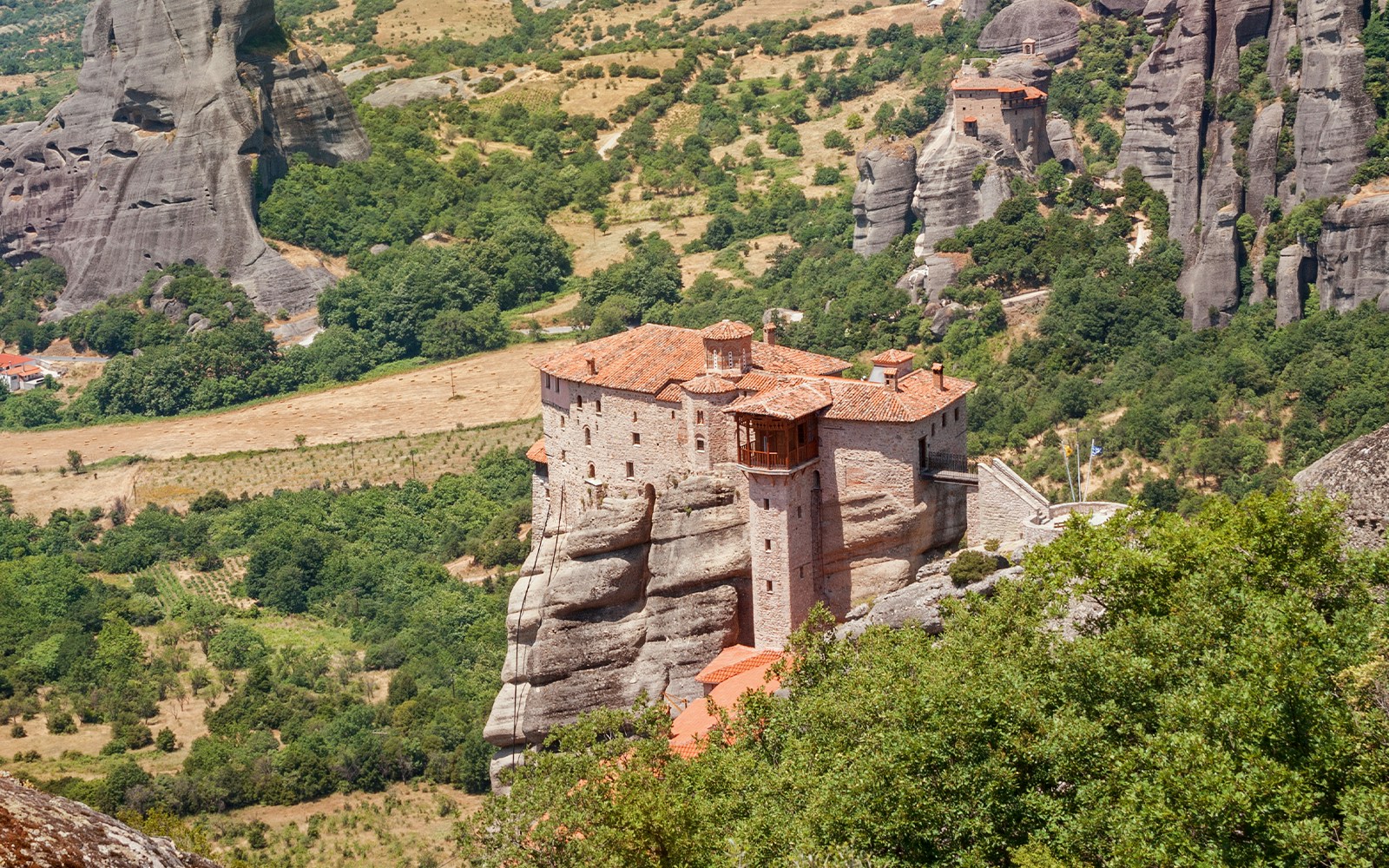
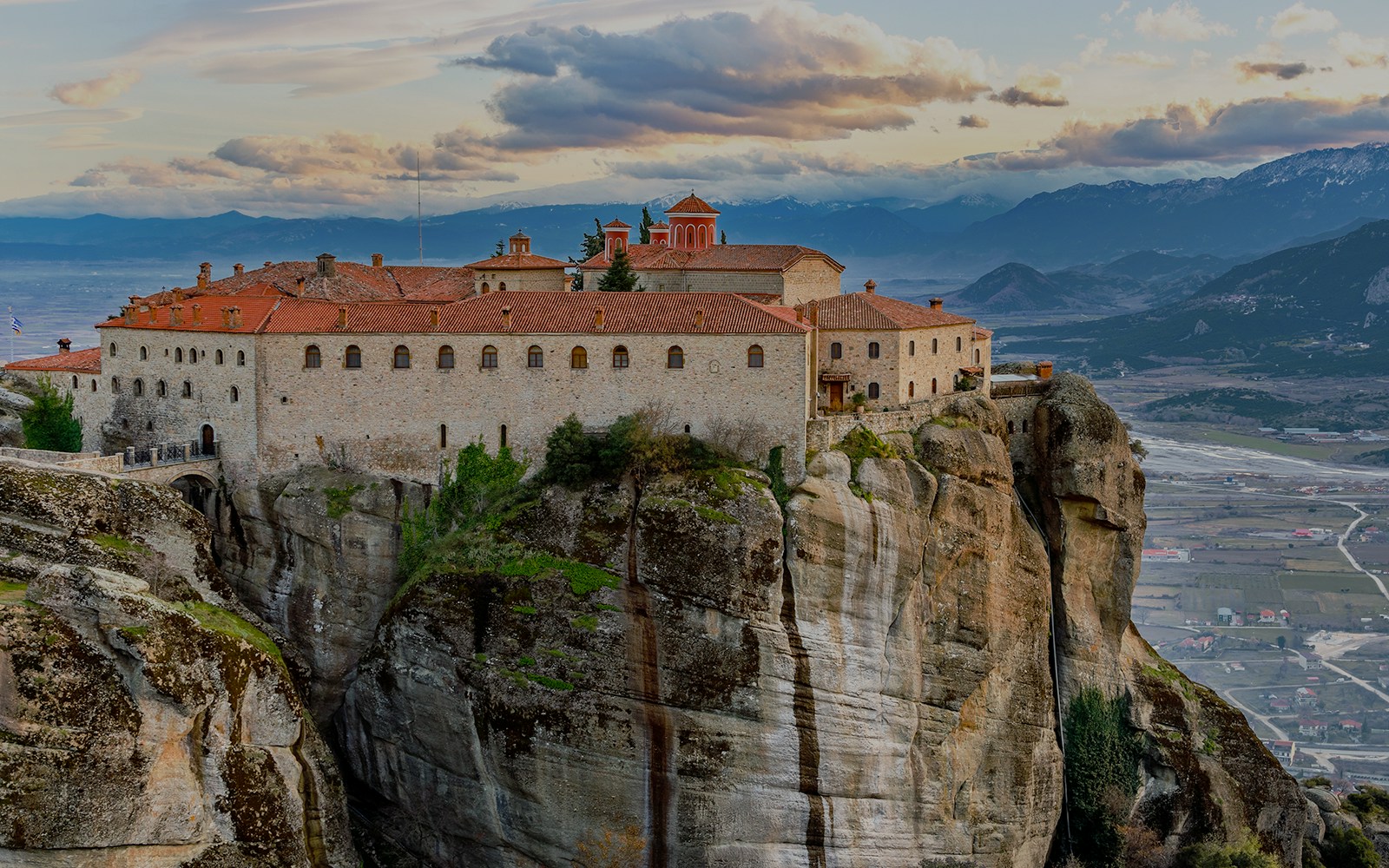
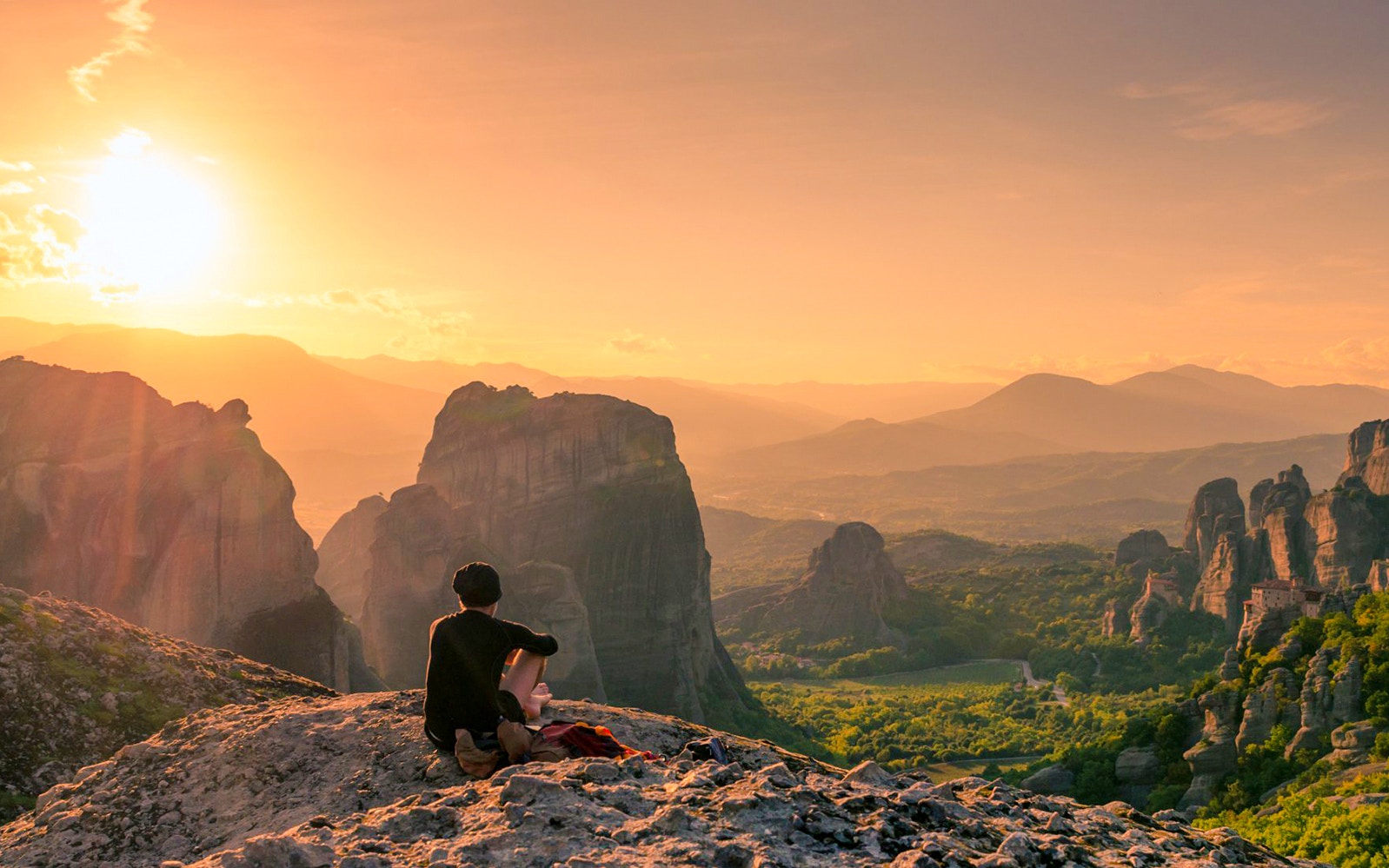
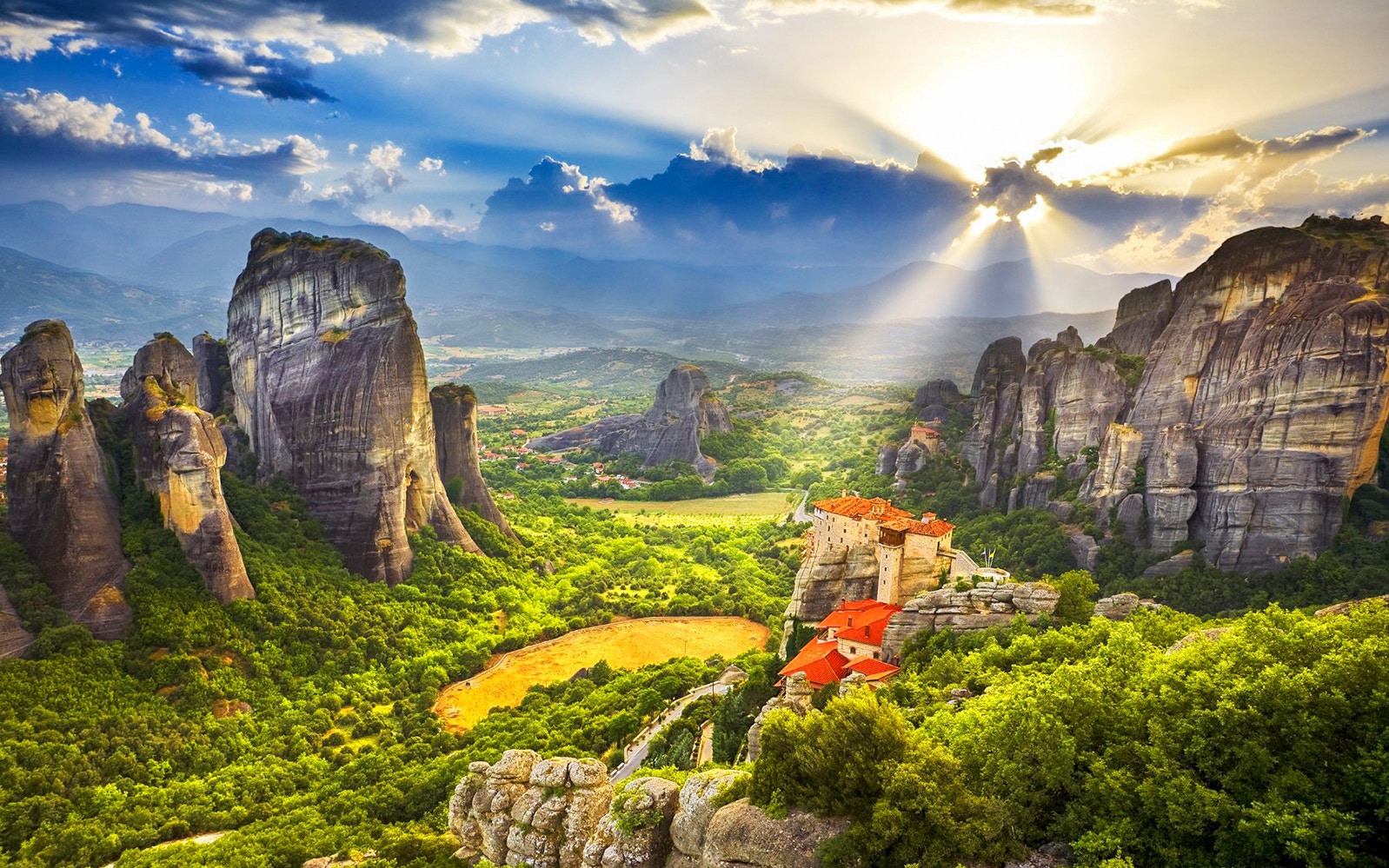
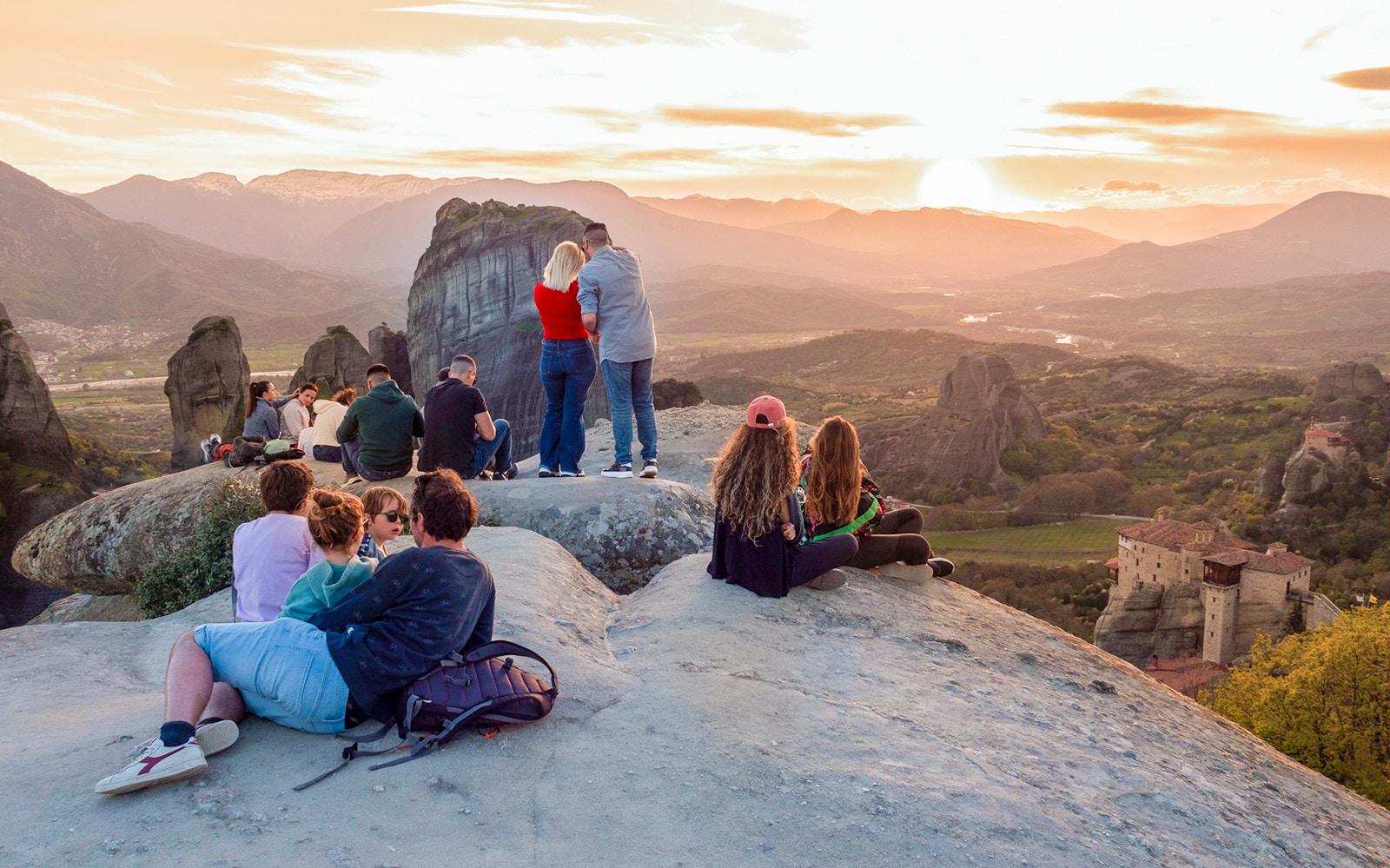
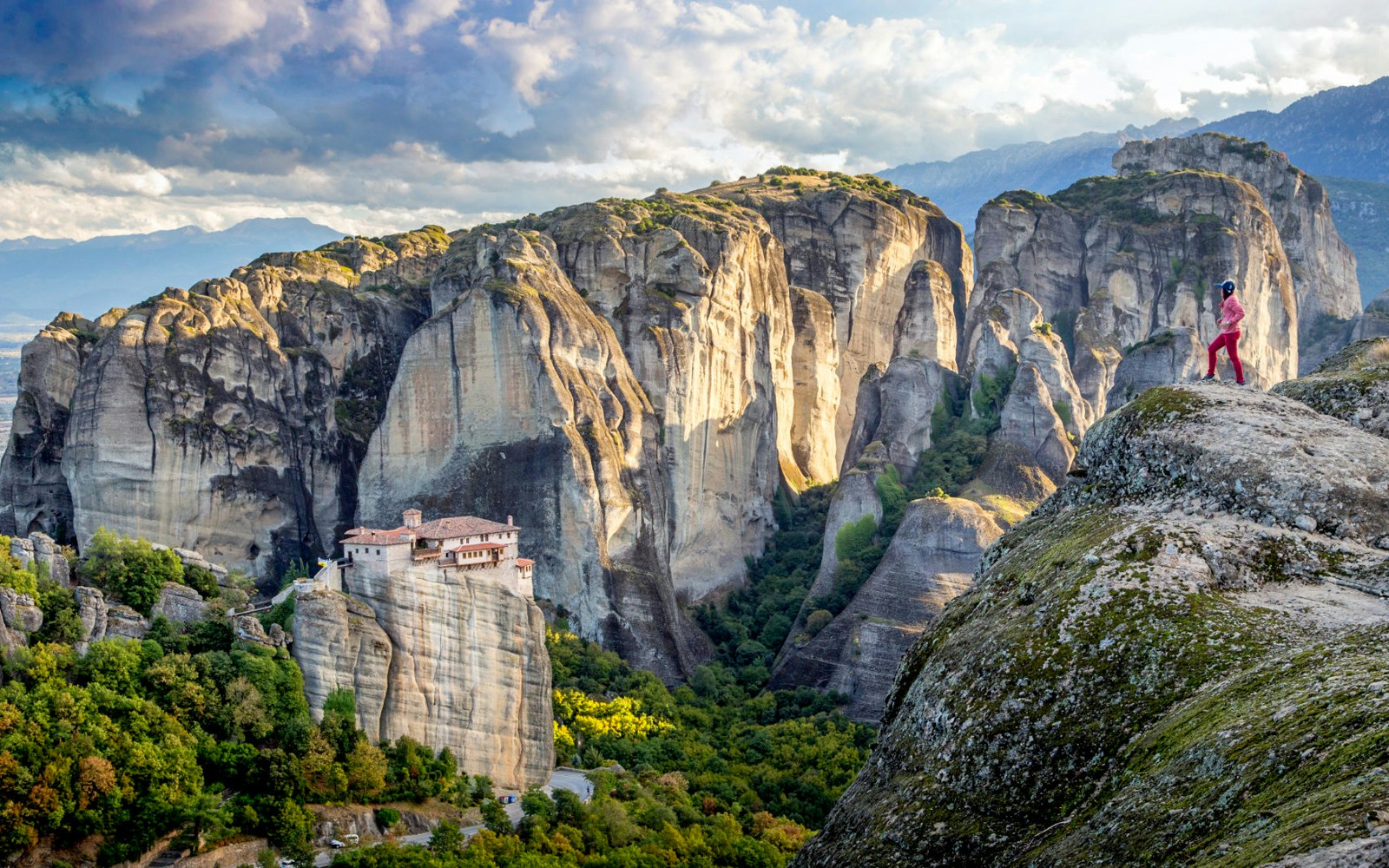
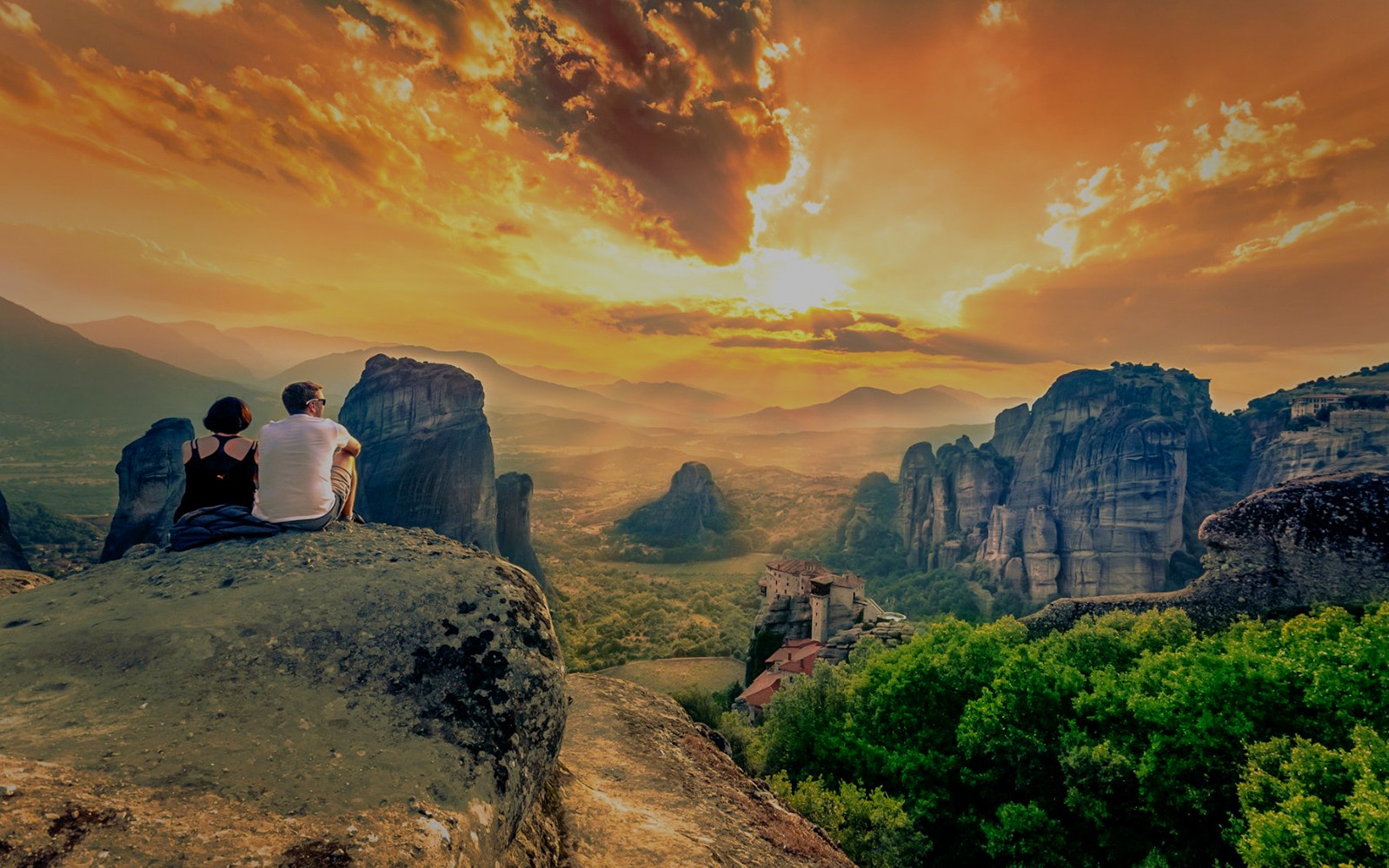
If you're joining a Meteora tour to capture high-quality photos, bringing a flexible camera setup is essential. A wide-angle lens will be perfect for capturing the sweeping landscapes, while a zoom lens will help you get those close-up shots of the monasteries.
Photography is allowed in the outdoor areas of the Meteora monasteries, but taking photos inside the churches and other sacred spaces is prohibited.
The best time to click some stunning Meteora images is during the golden hours, shortly after sunrise and just before sunset. During these times, the light is soft and warm, casting a magical glow over the monasteries and rock formations. Early morning also offers the added benefit of fewer tourists, allowing for unobstructed shots.
Yes, you can join Meteora hiking tours to photograph the cliffs, as long as you stick to marked trails and follow safety guidelines. The terrain can be steep and slippery, especially after rain, so wear sturdy footwear and take care near the edges.
Photography is allowed in the courtyards of Meteora’s monasteries, but tripods and flash are strictly prohibited. Always respect posted guidelines, as rules may vary by monastery.
From Athens: Meteora Monasteries & Caves Full-Day Trip
From Athens: Meteora 2-Day Trip with 2 Guided Tours & Hotels
From Athens: Meteora Monasteries & Caves Full-Day Trip with Lunch
From Meteora: Monasteries & Caves Morning or Sunset Guided Tour
From Thessaloniki: Meteora Monasteries & Caves Full-Day Trip
From Meteora: Guided Hiking Tour with Monastery Visit